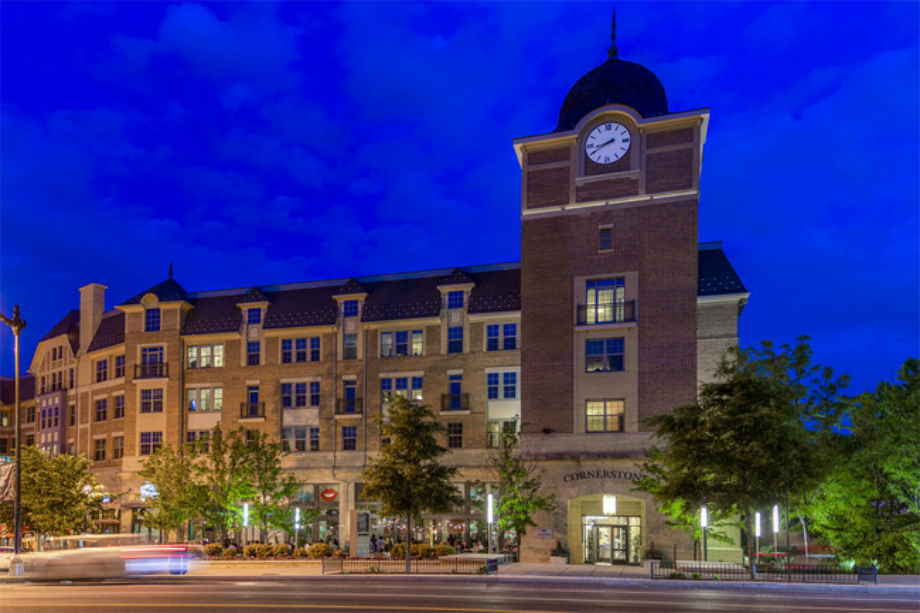

The Yellow Line shares tracks with the Blue Line down south, but then combines with Green in DC. Rosslyn also isn't the only choke point, and the Blue Line isn't the only one that shares two separate track segments. That's why a second Rosslyn station is really just a precursor to some kind of new tunnel under the Potomac to Georgetown and then over to Union Station. And unfortunately, that'll likely require a one-block walk. Metro beyond 2025: The Blue Line to Georgetownīuilding a second Rosslyn station will help untangle the trains and allow more service on Northern Virginia's outer line segments, but if the train just stops at Rosslyn, any riders going to DC will then need to transfer to a Silver or Orange train. WMATA ultimately picked the second Rosslyn station option.

Matt looked at the two immediate solutions being considered: a “wye” so that trains from Ballston could turn south toward Arlington Cemetery, and a second Rosslyn station.
#GEORGETOWN XLIST PLUS#
That turned out to create crowding problems and long waits on the Blue Line, and Metro ended Rush Plus in 2017. He showed how Metro was trying to alleviate the pressure with a change called “Rush Plus,” which meant fewer Blue Line trains and more Orange and Yellow trains. Matt illustrated the challenges with the Orange, Silver, and Blue merge with some clever maps that depict Metro service “filling up” empty lines, like pipes. Here's a summary of the issues and ideas.
#GEORGETOWN XLIST SERIES#
This was a problem even before the Silver Line opened, and Matt Johnson wrote all about it in a few series of posts in 2013, along with some amazing graphics. A station on any of the three lines west/south of Rosslyn might see only one-third to two-thirds the service of the combined part. Now that Metro has the Silver Line, there's even more competition for space in the Rosslyn to Stadium-Armory tunnel. Thus, one Blue Line train takes away space from both Yellow and Orange. In particular, the Blue Line combines with the Yellow Line in Alexandria and south Arlington, then switches to share tracks with the Orange Line. Places like the Rosslyn-Ballston corridor and south Arlington/Alexandria are big job centers in their own right (not to mention Tysons), and branched levels of service aren't necessarily right. That means stations in the branched area will see about half as much service as in the core. They all stem from a fundamental inefficiency in Metro's initial design: Lines share tracks in the core and branch out to the edges. No new Rosslyn station or Metro loop is around the corner (curve?), but it's interesting that officials are talking about them once more. Most of the attention (rightly so) around Metro has gone to its safety, maintenance, and funding woes. We haven't heard much about these ideas for a few years. A regional task force recommended five long-term transportation initiatives, including a Metro loop in Arlington and central DC.

If your information has been posted in error, or you have questions about the list, please contact the CDTFA at 91.
#GEORGETOWN XLIST FULL#
Taxpayers can request that any full or partial payments be posted on this list. Since the inception of this program, CDTFA has received a total of $26.5 million from 385 qualifying taxpayers that came forward to take care of their debts: 304 through installment payment agreements and 81 by making payment in full. The California Department of Tax and Fee Administration (CDTFA) is required by law to post this information every quarter, removing amounts that are being addressed through payment arrangement, bankruptcy, litigation, or appeal.Įach taxpayer is notified 30 days before their information is posted. Top 500 Sales & Use Tax Delinquencies in Californiaīelow is a list of the 500 largest delinquent sales and use tax accounts over $100,000.


 0 kommentar(er)
0 kommentar(er)
